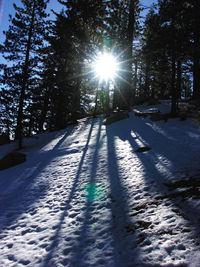|
Nov 01, 2005
|
Apr 01, 2005
|
Mar 01, 2005
|
Mar 01, 2005
|
Feb 01, 2005
|
Jun 01, 2005 |
First Published: Jan 01, 2005
|
Feb 01, 2004
|
Jan 01, 2004
|
Aug 01, 2003
















